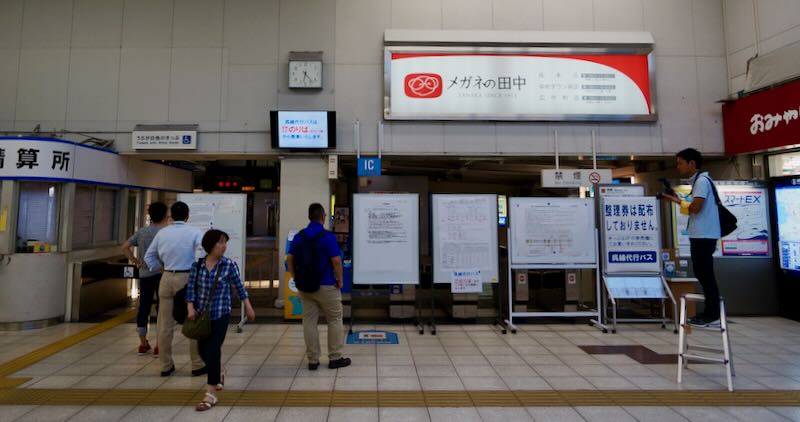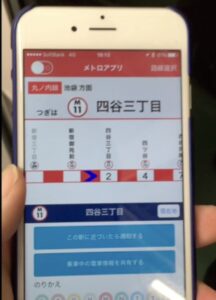Research on information technology supporting public transportation
The concept of bundling travel demand, which is fundamental to public transportation, for efficient transportation is expected to become more sophisticated with the proliferation of smartphones and IoT technologies. In our lab, we are developing information technologies to support future public transportation and collaborating with transportation operators and local governments to promote the societal implementation of new technologies.
Promotion of Public Transportation Open Data
Our lab is leading the initiative to develop open data for public transportation in Japan. The efforts to organize bus route data in GTFS format, which started in Shizuoka Prefecture in 2014, have expanded to over 600 operators as of 2023 and continue to grow. We are advancing research using these data and developing technologies to support data preparation. Additionally, in 2022, stemming from our research, we established the ‘Japan Bus Information Association‘ a general incorporated association, and are working in collaboration with various stakeholders to develop systems and support data preparation.

Provision of Public Transportation Information During Disasters
In recent years, large natural disasters frequently causing damage to roads and railways have occurred. We are working on a project to support the guidance of public transportation, which may become inoperative or operate on an emergency schedule, with data during these times. In past disasters, public transportation information could only be conveyed through local posters. During the heavy rain in Western Japan in July 2018, we cooperated with institutions like Kure National College of Technology to provide information on substitute buses for the JR Kure Line, which was out of service. Currently, we aim to create an environment where transfer guidance can be provided through smartphone apps by quickly generating GTFS data in emergencies.

Location tracking technology using air pressure in subway cars
While convenient transportation apps utilizing location information have become possible with smartphones, acquiring accurate location data in subway cars, where GPS (GNSS) signals are unreachable, has been challenging. In this research, we have achieved the ability to accurately estimate the position by capturing the characteristics of air pressure changes while traveling in the subway, even in the absence of radio signals.
